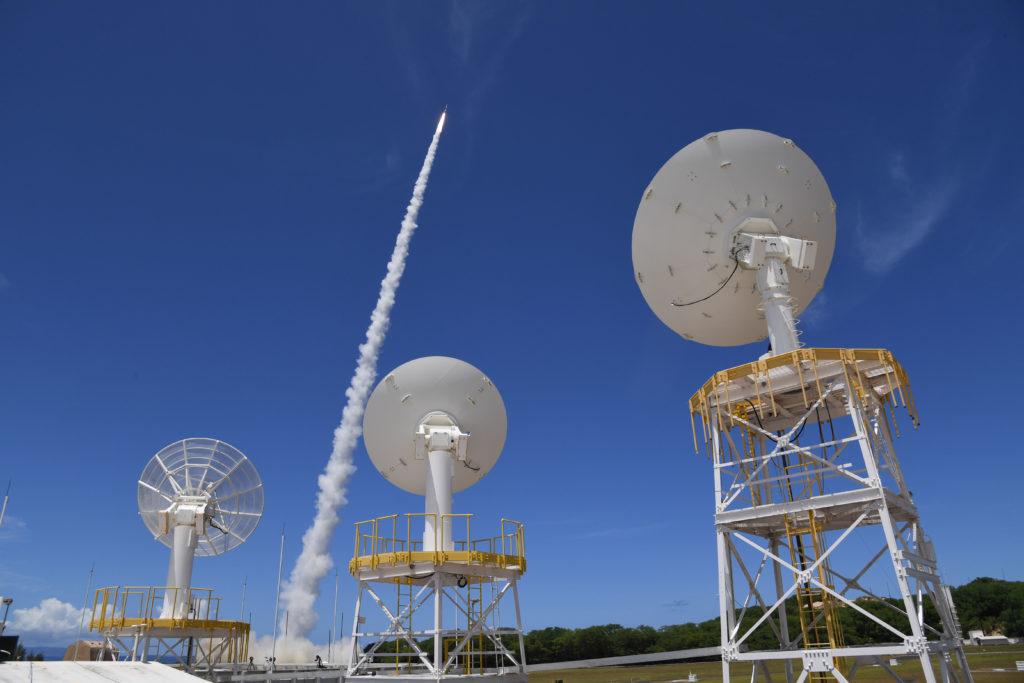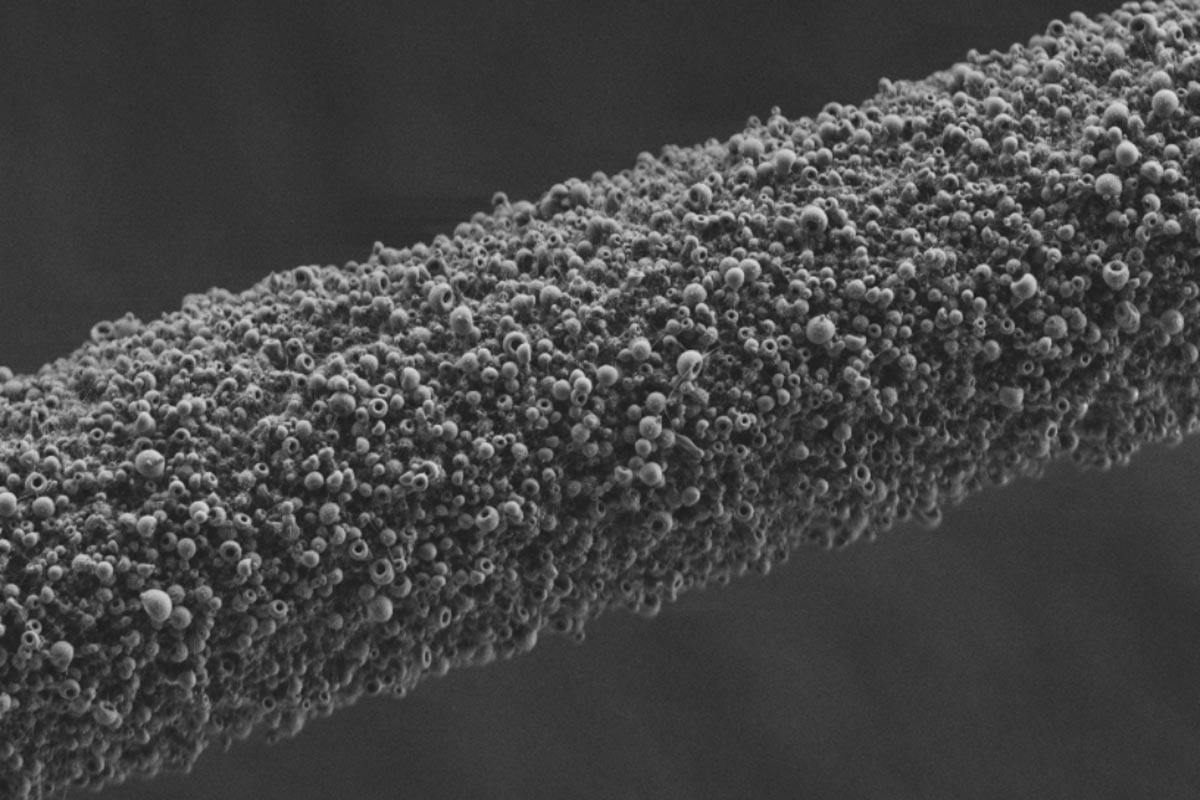“Screws can back out; things can break,” said Greg Tipton, a structural dynamics engineer at Sandia National Laboratories. Similar tests are performed in the auto, aircraft and aerospace industries.
Now, an analysis of HOT SHOT sounding rocket data has revealed a way to improve these tests, providing an earlier, more accurate indicator of whether an experimental technology will ultimately succeed in flight. This could save taxpayer money by eliminating approximately a year’s worth of additional research and development ordinarily needed to get the same level of information.
In a series of experiments, Tipton and his team dressed the insides of sounding rockets with pea-sized instruments that measure vibration. Their work has produced a more complete picture of flight vibrations that is now being used to create more accurate simulations and ground tests.
“Flight gives you combined environments that you wouldn’t get on the ground,” Tipton said. “So, it’s spinning and it’s accelerating and it’s vibrating, there are shocks. It’s a whole different kind of environment.”
Olga Spahn, Sandia’s manager over HOT SHOT payload integration, explained that having better data at an early stage of development could create opportunities to explore new, innovative ideas by reducing the risk of failure. It could also improve the overall performance of future missile systems by fostering development of components that reduce size, weight and power requirements.
A new way to predict flight vibrations
The HOT SHOT program measures the effects of a rocket launch on prototype nuclear deterrence technologies. Each flight contains several experiments from researchers across the National Nuclear Security Administration’s network of labs, plants and allied institutions. Sandia combines these experiments into a payload that runs on a common power source and data-transmission system. Sandia builds the rockets, integrates the experiments and operates the launches for NNSA.
In May 2018, Tipton and his team supplied their own experiment. They built a mock component for the rocket, which they called “the wedding cake,” after its shape. Then they decorated it with vibration sensors. After the launch, they played a mathematical game with the data they got back. Knowing only the vibration data from a few sensors, they tried to calculate the readings on every other sensor.
“We showed we could do this and predict what the vibration environments were pretty much anywhere on that structure,” Tipton said.
In April, they repeated the experiment, this time outfitting the entire payload sections of two rockets, measuring vibrations on and around more than a dozen pieces of experimental hardware. Initial analysis of that data has suggested they can predict vibration at virtually any point in space within that section of the rocket.
“With this last round of flights, we kind of added another layer of complexity,” said Brandon Zwink, an engineering consultant who worked with Tipton’s
team and helped analyze the data. “Because originally, with the wedding cake, we had hardware that was specifically designed to work with this. And now we’re really instrumenting hardware that, you know, it’s flight hardware. We really didn’t have any input into the design of it. It wasn’t designed for this experiment, it’s just what it was.”
To realize the potential cost savings, the Sandia team must now recreate the HOT SHOT flight environment using ground test technology. If successful, this will be a sophisticated testing platform that generates more and better data than is usually available for missile technologies in early stages of development. The team is exploring acoustics and vibrating patches as ways to recreate complex vibrational patterns that are difficult to reproduce using conventional shaker tables alone.
Two more HOT SHOT flights launched Aug. 28 from Sandia’s Kauai Test Facility in Hawaii. Zwink fielded microphones around the launch site to measure sound produced by the rocket, which can contribute to vibrations.
Sandia National Laboratories is a multimission laboratory operated by National Technology and Engineering Solutions of Sandia LLC, a wholly owned subsidiary of Honeywell International Inc., for the U.S. Department of Energy’s National Nuclear Security Administration. Sandia Labs has major research and development responsibilities in nuclear deterrence, global security, defense, energy technologies and economic competitiveness, with main facilities in Albuquerque, New Mexico, and Livermore, California.
scraped from https://www.newswise.com/articles/hot-shot-findings-could-save-defense-tech-developers-time-and-money



